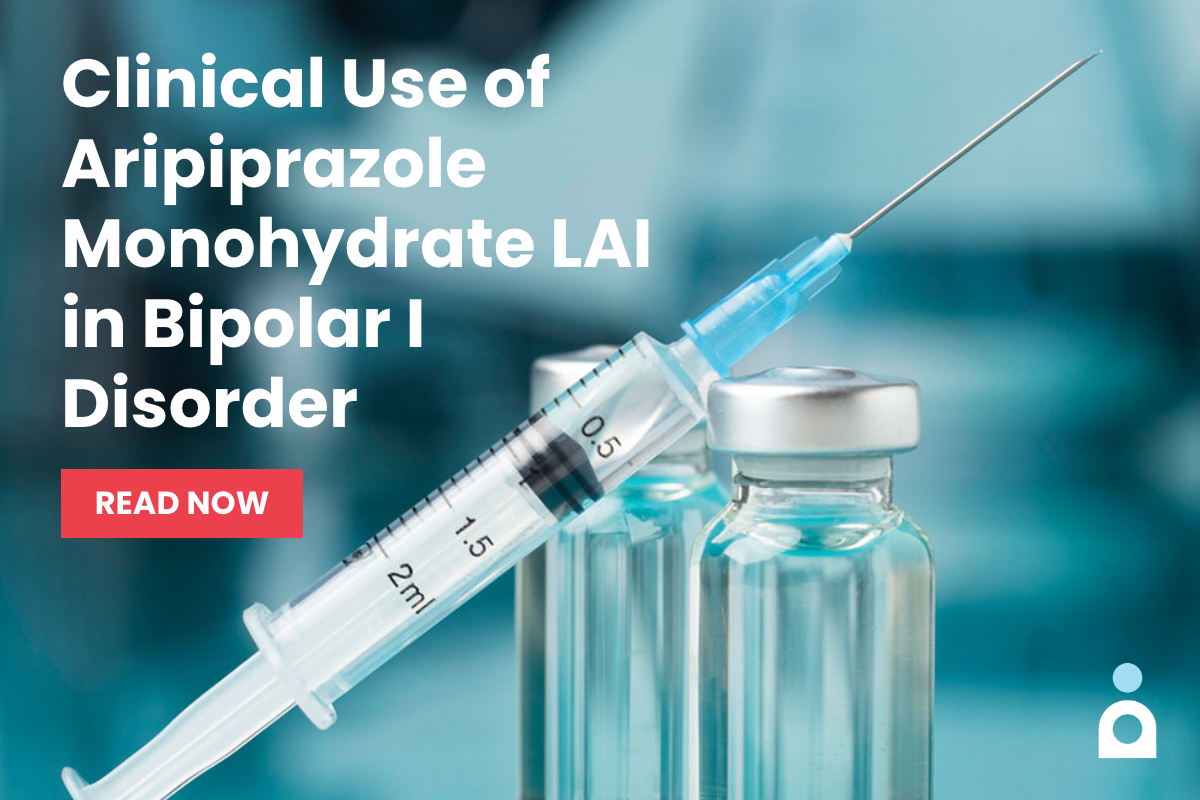Objective: Evaluate the efficacy and safety of lisdexamfetamine dimesylate augmentation for major depressive disorder (MDD) in escitalopram nonremitters.
Method: In this proof-of-concept study (conducted from July 2009-August 2010) with a prespecified critical α = .10, adults with nonpsychotic MDD (DSM-IV-TR criteria) and residual depressive symptoms (17-item Hamilton Depression Rating Scale score ≥ 4) after 8 weeks of open-label escitalopram were randomized to 6 weeks of lisdexamfetamine dimesylate (20-50 mg/d) or placebo augmentation. The primary endpoint, Montgomery-Asberg Depression Rating Scale (MADRS) total score change in escitalopram nonremitters (MADRS total score > 10) from week 8 (augmentation baseline) to week 14/end of study, was assessed using analysis of covariance, with last observation carried forward.
Results: For nonremitters (placebo, n = 64; lisdexamfetamine dimesylate, n = 65), the least squares (LS) mean (90% CI) treatment difference for MADRS total score reduction at week 14/end of study (-2.3 [-4.5 to -0.1]; P = .0902) met the prespecified criterion for lisdexamfetamine dimesylate superiority (adjusted effect size, -0.3); the number needed to treat for MADRS remission (MADRS total score ≤ 10) was 6.7. The LS mean treatment difference in remitters was not statistically significant (1.2 [-1.6 to 4.0]; P = .4726). Among randomized participants, 49.4% (42/85) receiving placebo and 60.2% (53/88) receiving lisdexamfetamine dimesylate had ≥ 1 treatment-emergent adverse event, the most frequent with lisdexamfetamine dimesylate being dry mouth and headache (both 11.4%). Mean (SD) vital sign and electrocardiogram changes (placebo vs lisdexamfetamine dimesylate) were 0.5 (8.98) versus 2.3 (9.04) mm Hg (systolic blood pressure), -1.0 (7.19) versus 0.9 (6.61) mm Hg (diastolic blood pressure), -0.4 (7.39) versus 4.8 (8.64) beats per minute (heart rate), and -1.6 (11.23) versus -4.9 (11.84) milliseconds (Fridericia-adjusted QTc).
Conclusions: Lisdexamfetamine dimesylate augmentation reduced depressive symptoms in participants with inadequate escitalopram response.
Trial Registration: ClinicalTrials.gov identifier: NCT00905424
J Clin Psychiatry 2013;74(8):802-809
© Copyright 2013 Physicians Postgraduate Press, Inc.
Submitted: January 9, 2013; accepted April 26, 2013(doi:10.4088/JCP.13m08360).
Corresponding author: Madhukar H. Trivedi, MD, Department of Psychiatry, Comprehensive Center for Depression, University of Texas Southwestern Medical Center, 5323 Harry Hines Blvd, Dallas, TX 75390-9119 ([email protected]).
Members Only Content
This full article is available exclusively to Professional tier members. Subscribe now to unlock the HTML version and gain unlimited access to our entire library plus all PDFs. If you’re already a subscriber, please log in below to continue reading.
Please sign in or purchase this PDF for $40.00.
Already a member? Login




